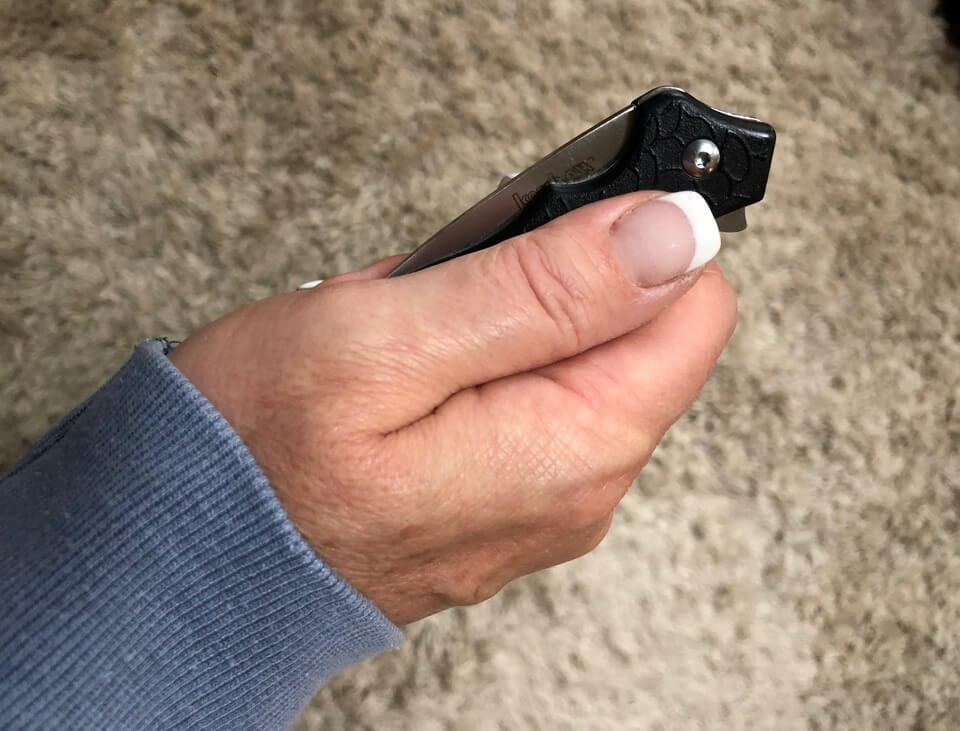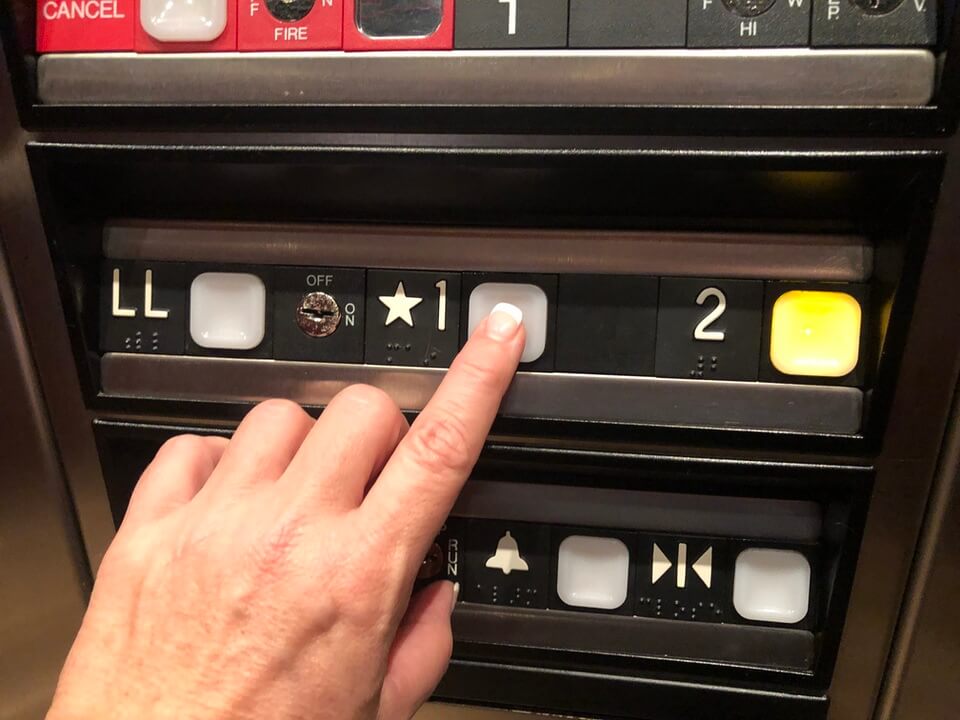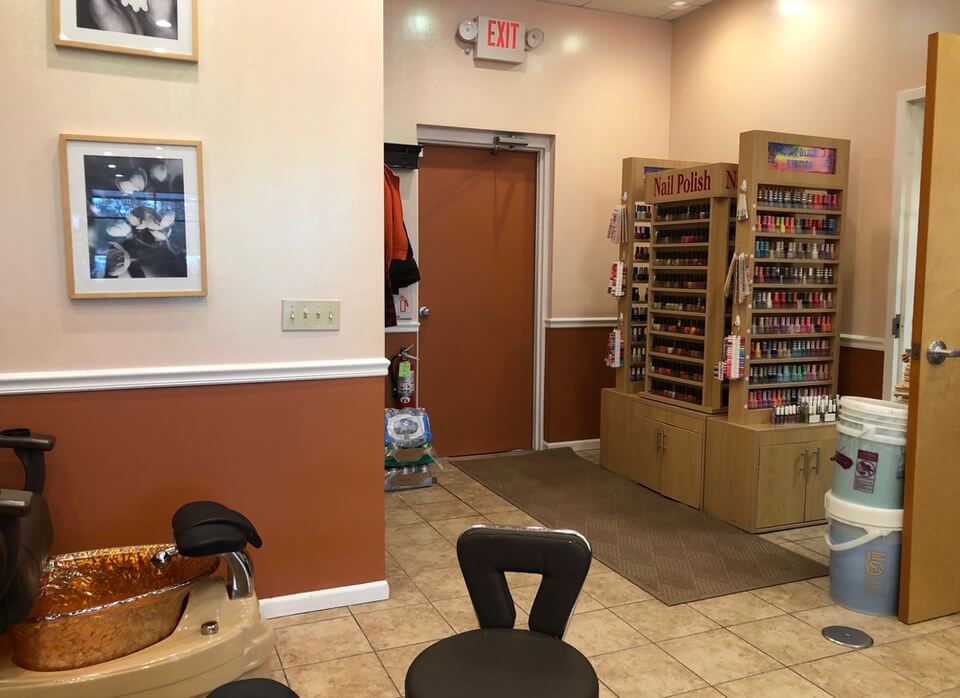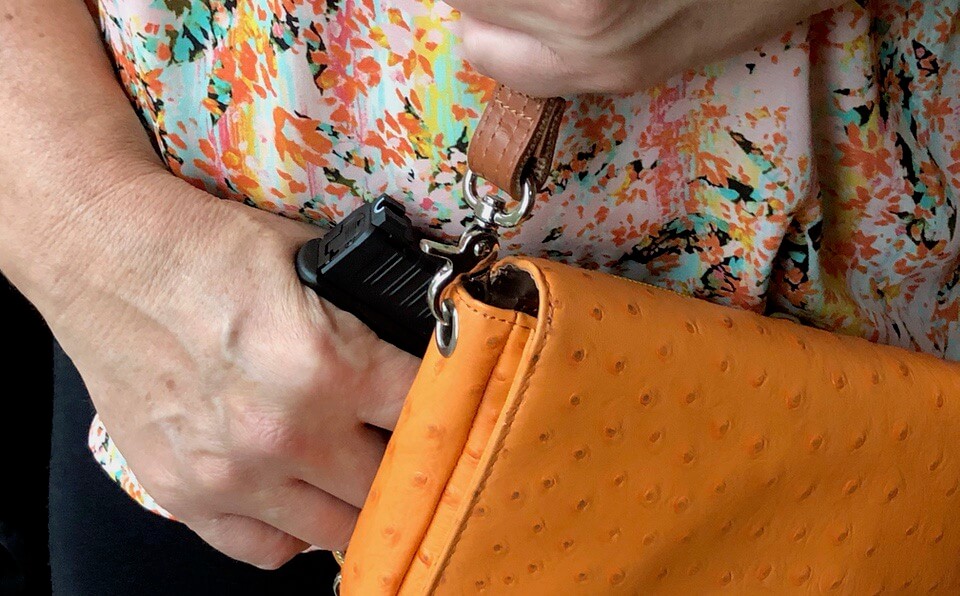Situational Awareness Survival Skills
February 29th, 2020
5 minute read
Last month, I spent a few days in Salem, Massachusetts, with a friend I’ve known since grade school. We explored the town during the day, ate amazing meals and enjoyed walking tours in the evening. I learned a lot on that trip. Not only did I learn the history of Salem and its infamous witch trials, I also learned that my dear friend completely lacks situational awareness. Applying Jeff Cooper’s levels in the Awareness Color Code Chart, she operated on the level “white”…the entire time.
Awareness Color Code Chart
White — A state of complete unawareness and unpreparedness. In this state, you are oblivious to things going on around you and are exceedingly vulnerable to attack.
Yellow — A state of relaxed alert. There is no specific, obvious threat present, but you are aware that danger is always a possibility. You are aware of people around you as well as the environment in general.
Orange — A heightened state of awareness, in which you observe or are aware of a specific threat. In this condition, you are beginning to formulate possible responses to deal with the danger.
Red — The stage associated with action. This is when things have escalated to the point where you are either engaging a threat or are in retreat.

Since I couldn’t carry a firearm during this trip, all I had on me was a pocket knife and a will to survive. (I always like to add that part.) I pride myself in my situational awareness skills and I assumed other people employed similar prowess when out and about, especially when visiting a different city.
Aside from when I was sleeping, I spent most of the time in condition yellow and at least a bit in orange. An example of condition yellow happened while riding the elevator to and from our room. I always look to see who’s already on it before I enter and make eye contact with people as they step in. I also make sure to notice if they have anything in their hands. My condition-white friend thought it was odd that I paid such close attention to who rode with us. Note: Eyes should not be glued on the floor numbers as they flick by.

At least 2 incidents raised my condition to orange. The first time happened during the daytime when we stood outside a local drugstore near a bus stop. Quite a few people congregated near the entrance to the store. As we walked past the group, I made eye contact, smiled and casually held onto my purse that I wore slung cross body. Not that big of a deal, but I was aware of everyone around me. My friend, on the other hand, walked in and out as if she had blinders on. Not a care in the world.
The second time happened late in the evening after a walking tour. As we sat outside eating ice cream cones on a rather chilly evening, I noticed a man walking around, wearing no jacket and with his shirt unbuttoned. I watched him approach numerous people asking for money and then disappear down a dark alley next to us. As we began walking back to our hotel, I told her we needed to cross the street and walk on the other side. When she questioned me as to why the change of course, I mentioned seeing that man and explained everything I saw. She admitted to never even seeing him, let alone consider walking on the other side of the street to avoid a dark area.

I know these incidents don’t seem like a big deal. And some people (such as my friend) may even think I’m a little paranoid. But, I believe developing good situational awareness skills is a start to keeping safe – and not only me, but also, my family and friends.
Situational Awareness Skills Tips
1. Appear confident and aware of your surroundings.
Even if you’re scared and not sure where you are, don’t let potential attackers know. Walk with an air of confidence, good posture and make eye contact. You will appear more confident and less likely a potential victim.
2. See the big picture.
When we’re first learning to drive, we are taught in drivers education classes not to just focus on the road right in front of us. Instead, we have to get the big picture, use our peripheral vision and see everything that is going on. If not, we may miss that car backing out of a driveway or a child running into the street. It’s important to be aware of everything going on around us. The same should be practiced when out-and-about on foot. Whether walking at a mall or down a city street. We shouldn’t just focus on what’s right in front of us, we need to see the big picture. A good plan to get the big picture quickly is to slow down or stop after you’ve entered a new building, and assess the situation before proceeding. Is everything copacetic? Nothing out of place?

3. Have an exit plan.
No matter where you are, in a movie theater, restaurant, hotel room, etc., locate the nearest exit. Having a plan on how to get out of an area before anything happens puts you ahead of the game. Instead of saying to yourself, “If this happens to me…” change the verbiage to “When this happens to me…”
4. Trust your instincts.
If something just doesn’t feel right, pay attention and act on it. Whether we call it our sixth sense, intuition or something else, we all seem to have it in one form or another. We need to trust it and get away from that person or place that makes us feel uncomfortable.

Bad things can and do happen to anyone, anywhere. Improving your situational awareness skills will help you become more confident and afford you less of a chance of becoming a victim.
Editor’s Note: This article was written by Michelle Cerino and shared with us by Women’s Outdoor News. You can see the other part of this two-part series here. Also, please be sure to check out The Armory Life Forum, where you can comment about our daily articles, as well as just talk guns and gear. Click the “Go To Forum Thread” link below to jump in!
Join the Discussion
Continue Reading
Did you enjoy this article?

 123
123






